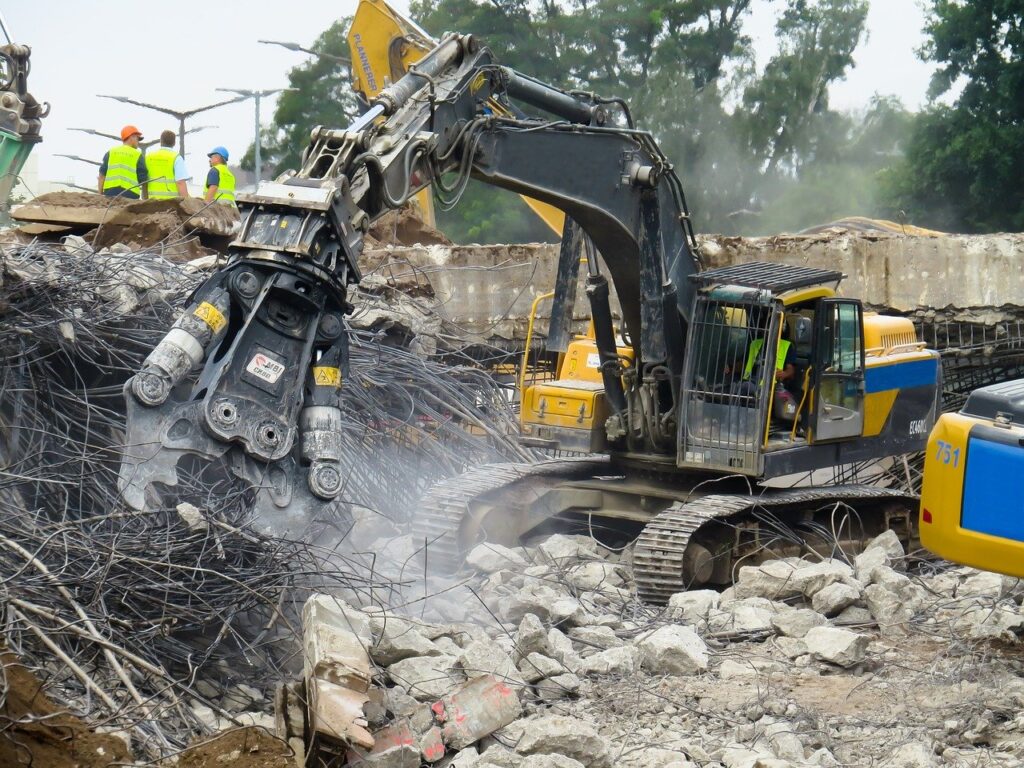None of the construction projects is simple. Leave what others say aside. Nothing comes easy. Even the smallest construction project comes with financial and reputational risks. Project managers know there are multiple team members. There is the owner, the contractor, the stakeholders and the architect. On top of that there are tons of laws, regulations, and codes you need to care of. Everything comes with a certain level of risk-taking.
Reducing the risks comes with different roles. A project manager needs to be able to recognise, evaluate, anticipate and manage these potential problems. If these problems are not recognised, the project will fail. Maybe it will see some success, but it won’t satisfy the client’s hunger. When this happens, you don’t want to be a part of your team.
If the risk is not spotted right away the team becomes disjointed. Everyone wants to save his own head. They start pointing fingers. Lawsuits are on the way. The whole relationship will be ruined. The manager will be the guiltiest one for not spotting the risk and not be managing the team. Here is where the project management systems come to help.
To avoid all the things I’ve mentioned above, they turn their attention to the system. Your question now would be:
How can a project management system help me?
That’s my favourite question. Here are what it can do for you:
- Generate and discuss possible risks
- Bring the construction team together for brainstorming ideas
- Vividly set project goals and objectives
- Identify “problematic objectives”
- Consult with team members
- Consult with owners and project management professionals
- Allow stakeholders to voice their concerns about possible risks
- Encourage continuous improvement
You get the point. As you can see there is one key point here. The key that opens every door is having constant communication about risks. This builds trust among all partners. Hesitating about discussing the risks will lead you to nowhere. Risks are problems for everyone involved in the project. They affect the outcome of the whole project. You will be stronger together.
What happens when the project risks are identified?
Using the system, you make sure everyone knows about it. Everyone needs to understand the risk. This will help you “set” everyone on the proper task. A great project manager needs to assess:
- The risk that occurred
- All potential problems (financial and scheduling)
- The timeframe for resolving the risk
- All of the parties that should be involved in the discussion
He is the crucial player. The decision maker for every risk. Finding the risk, determining how to resolve it and move forward are his abilities.
Next, we discuss documentation. It plays a major role in how the teams should evaluate and reduce the risk. What does project managers do? They use program controls. The program helps them to create, administrate and manage the reporting of the documentation. You need to use the perfect program that is set to achieve everything. The best part is that the system documents these mistakes. The team has full access to them anytime. This helps them avoid the same mistakes all over again.
What’s the task of the reporting system?
See it as a handy tool for evaluating the risk. We call it the risk register. It identifies all the things that could go wrong. This risk register should be constantly updated during the construction process. As a part of this risk register, many teams use risk management tools to measure the whole impact of the risk. This helps them understand how to approach and solve this risk. The job for the team doesn’t end here.
They constantly track the process to ensure everything goes according to plan. Doing this, they are ready for the new risks that might occur. When this happens, the team adds the risk to the risk register and does the same process. Managing the risk requires a lot of moving parts and working documents.
The project management teams use customizable dashboards of the software to stay on top of everything. This helps them stay on track from multiple projects. This customizable dashboard helps them to combine all projects into one interface. Every document is recorded online.
It’s fully available and customizable for each member of the team. Wisely managed projects’ risks result in happy teams, longer lasting community impact, huge reputation, and positive overall result. You should keep this in mind.
Are you on a lookout for better risk management approach and tool? If you are, it’s always good to do a bit of research first. What’s your ultimate goal aside from managing risks efficiently? Are you re-vamping your whole system for better quality construction and delivery processes? Here’s a short but insightful list of valuable construction risk management tips. While you’re at it, why not review the basic checklist of construction management? You might want to download the free ebook, The Circle of Productivity, for a more in-depth read on increasing construction site productivity.



